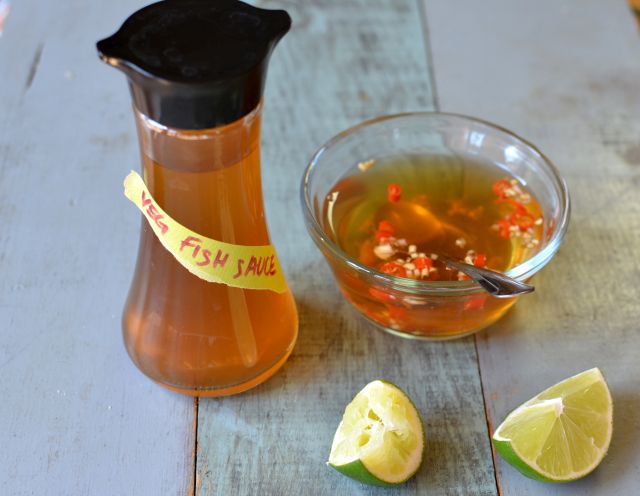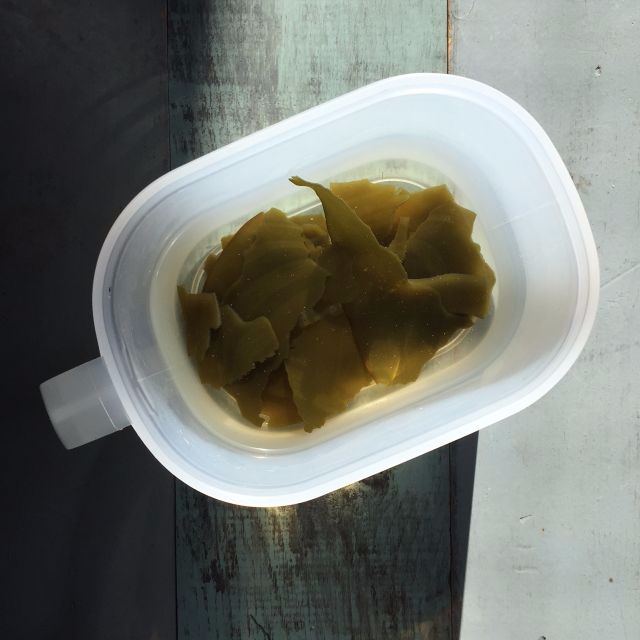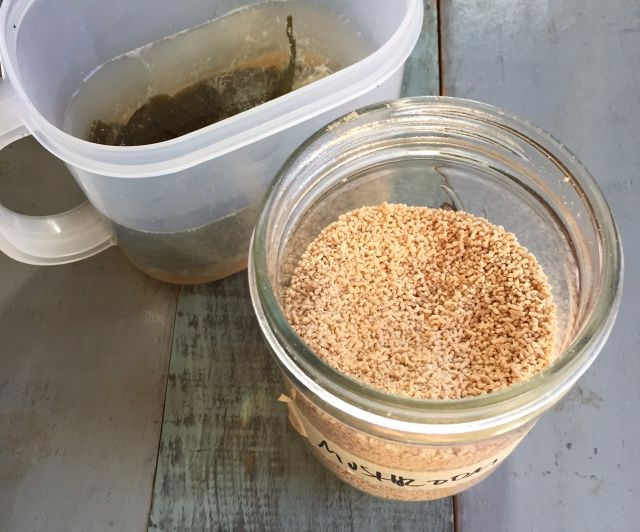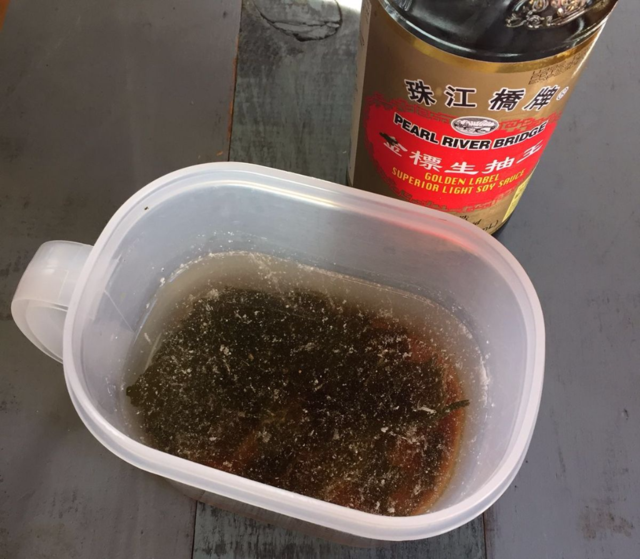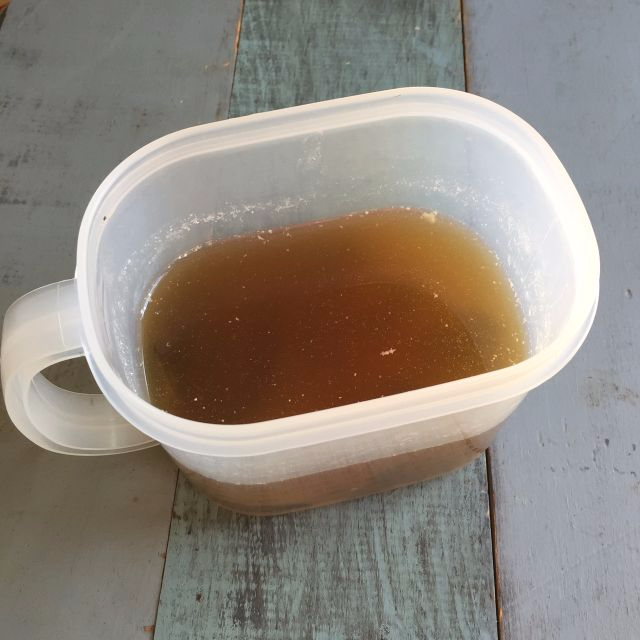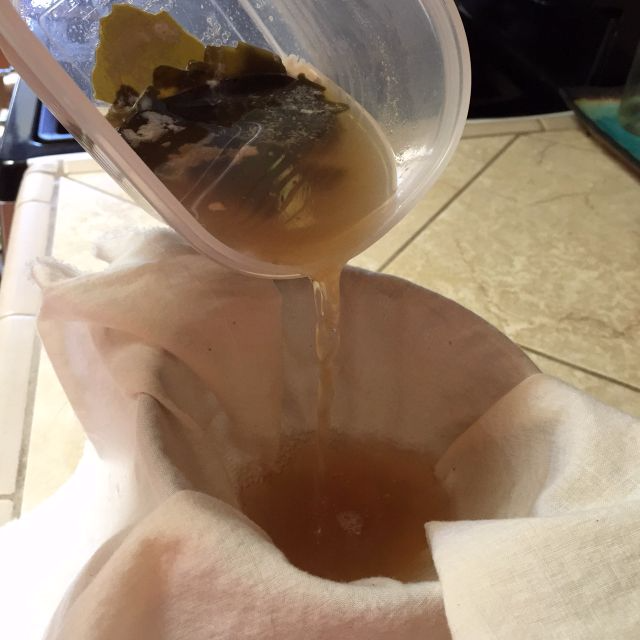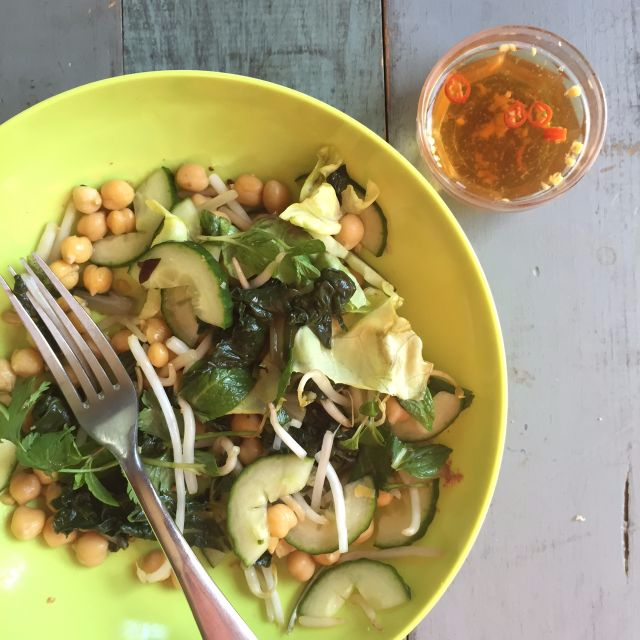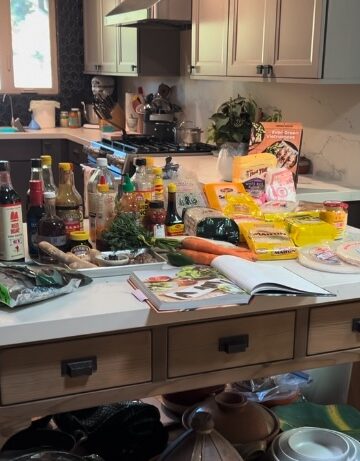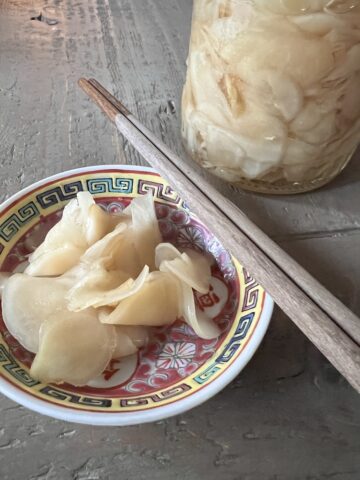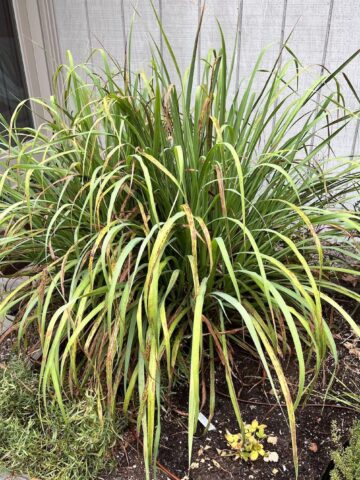It’s not like I have a huge amount of time right now (we’re gearing up for The Pho Cookbook photo shoot) but it suddenly dawned upon me that seaweed could possibility be used to make a faux fish sauce. Our recent discussion on Facebook about umami-laden Shitake mushroom seasoning granules (bot nam dong co in Vietnamese) also got me thinking about making non-fish fish sauce. As a result, I spent about 36 hours seeing if I could make a fishless fish sauce and what we may learn from my experience.
There are vegetarian fish sauces sold at Viet markets. I’ve only tried one brand and it was a long time ago. It was lacking in dimension. Since then, I’ve come up with workarounds in my cookbook writing that employ soy sauce. But could I make a vegetarian fish sauce to just have around in a jar to employ in food? Would it be possible?
My experiment didn’t involve cooking anything. Actually, most of the work was done in my sleep or while I was doing something else: I just soaked stuff. Dried seaweed – wakame and kombu – were used to create a sea-like flavor that evoked the briny qualities of fish. In Asian Tofu, I used nori and tofu to create fabulous fake unagi eel, a nifty trick I learned from a Buddhist restaurant in Taipei.
Dried wakame (used often in seaweed salads and sold at Asian markets) produced a clear, slightly silky liquid that was also vaguely salty. My husband tasted my first round of fish-less fish sauce and said, “It tastes like seaweed!” That wasn’t a good endorsement.
So then I soaked kombu in water overnight to draw out all the natural glutamates and sea-like flavor. The resulting liquid was much more viscous than that from the wakame, but not as seaweed-y. Kombu is milder in flavor. It has lots of natural and subtle umami depth, which is why the Japanese and Koreans use it in cooking.
For pronounced savory depth, I used mushroom seasoning granules, also sold at Asian markets near the MSG in the spice and flour section; it's also sold online. The granules do not contain MSG and many people have been using it as an MSG alternative. I keep the seasoning to tinker with in my kitchen. It turns liquids cloudy and after I added it to the kombu container, the liquid looked strangely mucous-y until I stirred things up.
I added sea salt because mushroom granules have a particular flavor that’s salty sweet. I wanted more of a salty hit, so I added fine sea salt by the ¼ teaspoon. To sort of match true fish sauce color, I used soy sauce. To hedge, I tried my go-to soy sauce, which is Pearl River Bridge golden label light (light in color not, low in sodium). You could use Kikkoman too.
I stirred everything up and let it sit for a few hours to develop flavor and separate. The sludge went to the bottom and I got this somewhat clear, brown liquid on top. The wakame version was more clear than the kombu version. I tried straining the liquid through muslin (my favorite alternative to cheesecloth), then I also used a Japanese straining pouch that’s typically used for making dashi. Only one straining was needed as the liquid was still a little cloudy. I tasted and tweaked the flavor to arrive at a somewhat intense finish.
Around noon I made lunch of a simple salad of leftover bean sprouts and herbs. I made a little nuoc cham dipping sauce. The flavor was delicate and light. It was good but not overly punchy. I’ve been served much worse versions of vegetarian nuoc cham at restaurants. Adding garlic and chile to the nuoc cham boosted flavor nicely so my palate did not miss fish sauce. One strange observation: The fish sauce initially was funny because the ingredients seemed to bind the residue of the kombu. That did not affect flavor and it disappeared after sitting for a while.
The ultimate test was Rory, my husband. He came home from work and I presented him with the nuoc cham chay (vegetarian dipping sauce in Vietnamese). He was pleasantly surprised. We made lettuce wraps for dinner and ate them with the vegetarian nuoc cham. We both agreed that it was quite good, perfectly serviceable to our meatless guests.
“You don’t get the punch of fish sauce,” Rory noted. “But all this makes me realize that fish sauce something special.”
I agreed. Also, fish sauce has more sodium than this does. I could boost the mushroom granules and salt some more next time around. There’s a balance to keep, though, because too much sea salt makes the vegetarian fish sauce have a certain back-of-the-throat bite. When you try this out, tinker with the umami levels. If you go too far, you can always dilute it.
I buy inexpensive Korean dashi kombu by Well Pac. Nothing special. I don’t wash it prior to using. The white residue is good stuff. Give this a try. It’s a fun experiment. (I'm not sure if this would qualify as kosher fish sauce!)
Recipe
Vegetarian Fish Sauce
Nuoc Mam Chay
Recipe about 1 ¼ cups (300 ml)
Ingredients
- 9 square inches (22.5 cm square) dried kombu seaweed
- 1 ½ cups (260 ml) water, filtered preferred
- 1 ½ to 2 tablespoons mushroom seasoning granules (see this post for details)
- About ½ teaspoon fine sea salt
- About ½ teaspoon regular soy sauce
Instructions
- Tear the seaweed into small pieces and soak overnight, at room temperature, in the water. The next day, add the mushroom seasoning granules, salt, and soy sauce. Stir things up to mix, then let sit for 2 to 3 hours to settle.
- Filter through muslin or a paper coffee filter. Taste and add extra salt or soy sauce for flavor. If you add more mushroom seasoning, re-filter it.
Related posts:













